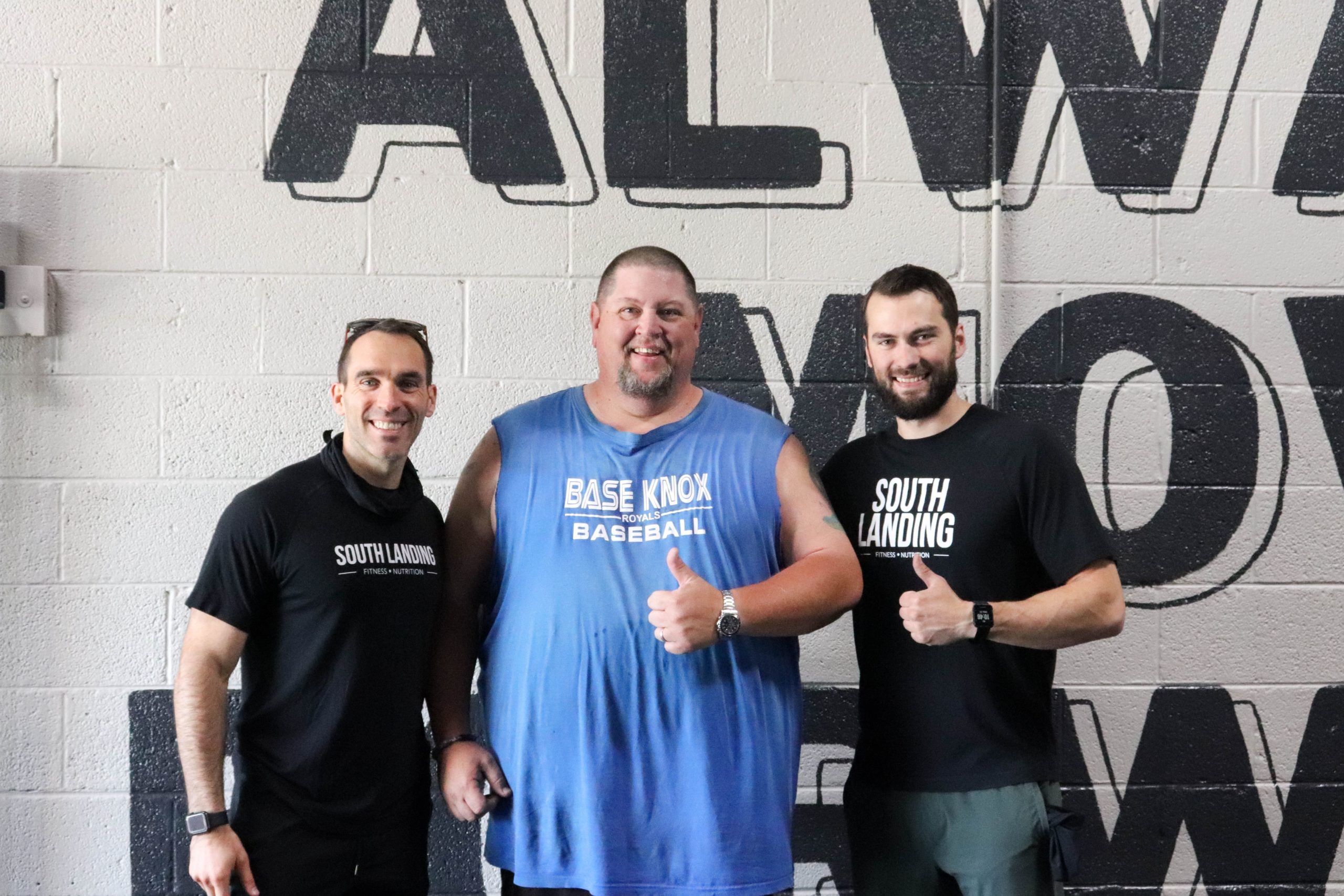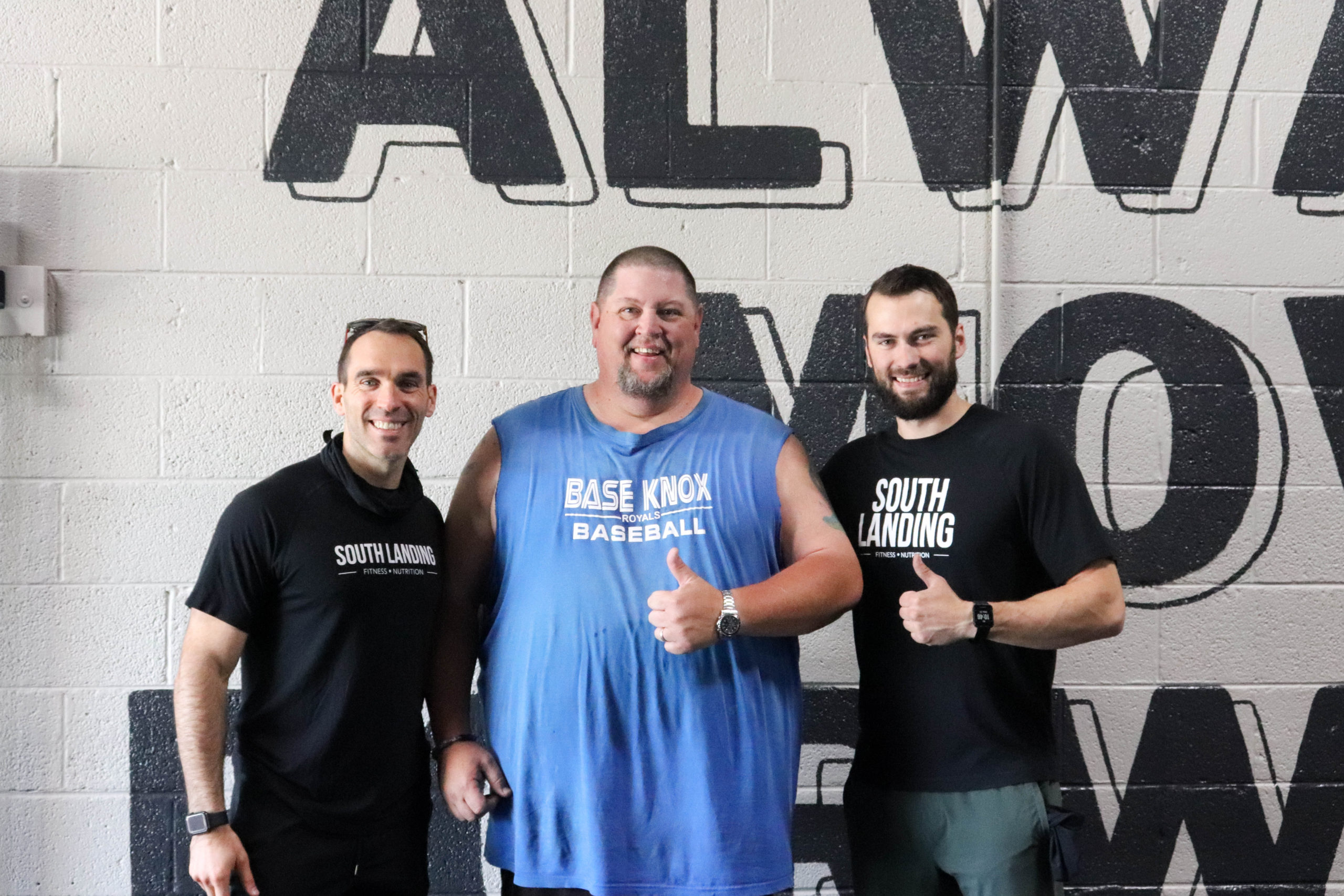Cancer changes how you move, feel, and think. It can even change your sense of identity. The physical and emotional changes that remain after cancer treatment can make embracing a “new normal” feel daunting. Learning to love your body again becomes a vital part of the healing journey.
At Survivor Fitness, we understand how deeply personal this struggle can be. These specific challenges have shaped our holistic approach to cancer recovery programs. We recognize that healing isn’t just physical. The mental and emotional aspects of life after cancer are just as crucial. That’s why we offer mental health programs for cancer survivors, ensuring support for the whole person.
The Hidden Struggles Cancer Survivors Face
Life after cancer can be harder than people expect. While the world celebrates remission, survivors are often left to process the aftermath. Here are just a few of the challenges many survivors carry:
- Fatigue that doesn’t go away — Cancer-related fatigue is a pervasive and often debilitating side effect. It can linger long after treatment, making everyday tasks feel overwhelming and hindering the desire to be active.
- Changes in weight, muscle tone, or physical abilities — Reduced strength, flexibility, or range of motion might limit activities survivors once enjoyed. This can lead to frustration and a sense of feeling disconnected from the body they once knew.
- Scars and skin changes that impact confidence — Surgeries, radiation, and chemotherapy can lead to visible scars, hair loss, weight fluctuations, and other physical alterations. These changes can impact self-esteem and affect how survivors view their own bodies.
- Emotional struggles like anxiety, depression, or PTSD — Beyond the physical, the trauma of diagnosis and treatment leaves emotional marks. Cancer-related anxiety, fear of recurrence, and a sense of vulnerability are feelings many cancer survivors face.
These challenges are real, and they’re the reason support during survivorship is just as important as support during treatment.
Encouragement for the Journey Ahead
Reclaiming body confidence and learning to love your post-cancer self is a process. It takes time, patience, and a supportive community. Here are some insights from our Survivor Fitness network to guide you:
1. This next chapter doesn’t have to be walked alone.
The need for support doesn’t stop when treatment ends. In fact, that’s when you need it most. See this season as another opportunity to invite people to walk alongside you. Embracing the help available to you is a sign of strength.
As Whitney Biggs, a cancer survivor and licensed mental health counselor who partners with Survivor Fitness, shares, “Embrace this opportunity to be supported and guided! You are just beginning this part of your life with 20/20 vision of the things that are most important to you.”
2. Physical strength builds emotional strength.
Your physical well-being deeply influences your emotional state, and moving your body can be a powerful tool for mental healing. There are numerous science-backed studies that show how exercise can make an impact, boost your mood, and help you manage stress.
Robbie Robertson, one of our trusted fitness partners, emphasizes this point.
“The physical benefits of fitness usually get all the glory, but the psychological benefits are invaluable in working your way back to feeling like yourself again.”
3. Every step forward counts—even the small ones.
It’s easy to get discouraged by limitations. Instead, celebrate every capability your body has. Acknowledge your incredible strength and resilience. Don’t let what’s hard right now make you forget how far you’ve come.
Sarah Denger, a cancer survivor and Survivor Fitness trainer, puts it beautifully: “Attitude is everything. Cancer takes a toll on the body, and discouragement can be crippling. But cancer survivors are warriors, and I remind them to celebrate what they can do instead of dwelling on what they can’t.”
4. Healing doesn’t look the same for everyone.
Every cancer journey is different. This means every recovery path is also unique. Resist the urge to compare your progress to others. Your body’s healing timeline is your own. You don’t need to keep up with anyone.
Randianne Sears, a dedicated fitness partner, reminds us, “Each cancer survivor has a different story and that means different recoveries. You can’t duplicate the same training for someone.”
5. The best signs of healing can’t always be seen on a scale.
Focus on how you feel, your energy levels, and your overall well-being. These are more meaningful indicators of progress than numbers on a scale. Building consistent habits is the true victory.
Adam Valentine, a Survivor Fitness Trainer, explains our philosophy: “We’re not primarily trying to get results. We’re trying to establish a relationship and consistent pattern that shows survivors how to have a good time exercising.”
6. Healing is easier when you have someone beside you.
Building a strong support system and connecting with others who understand your experience is invaluable. Sharing stories and receiving empathy can alleviate feelings of isolation.
Ashley Tetlow, a Survivor Fitness nutrition coach, says, “Having a community and someone to talk to through this major life change—no matter where you are on your journey—is so beneficial for your physical health and your mental health!”
You Deserve to Feel Strong Again
The journey to loving your body after cancer treatment is a marathon, not a sprint. It’s a path of acceptance, healing, and rediscovery. Remember to be kind to yourself, celebrate your incredible strength, and seek out the support you deserve.
Survivor Fitness is here to provide personalized fitness training, nutritional coaching, and mental health counseling. We believe in empowering you to embrace your new normal with confidence and joy.
Are you ready to take the next step in your healing journey? Learn more about our programs or apply today to connect with a community that understands and supports you.









